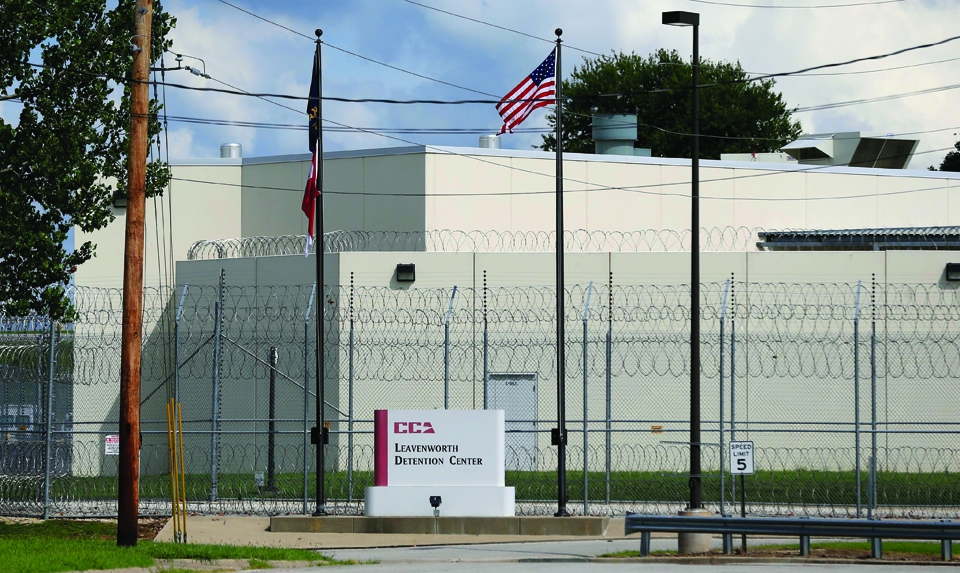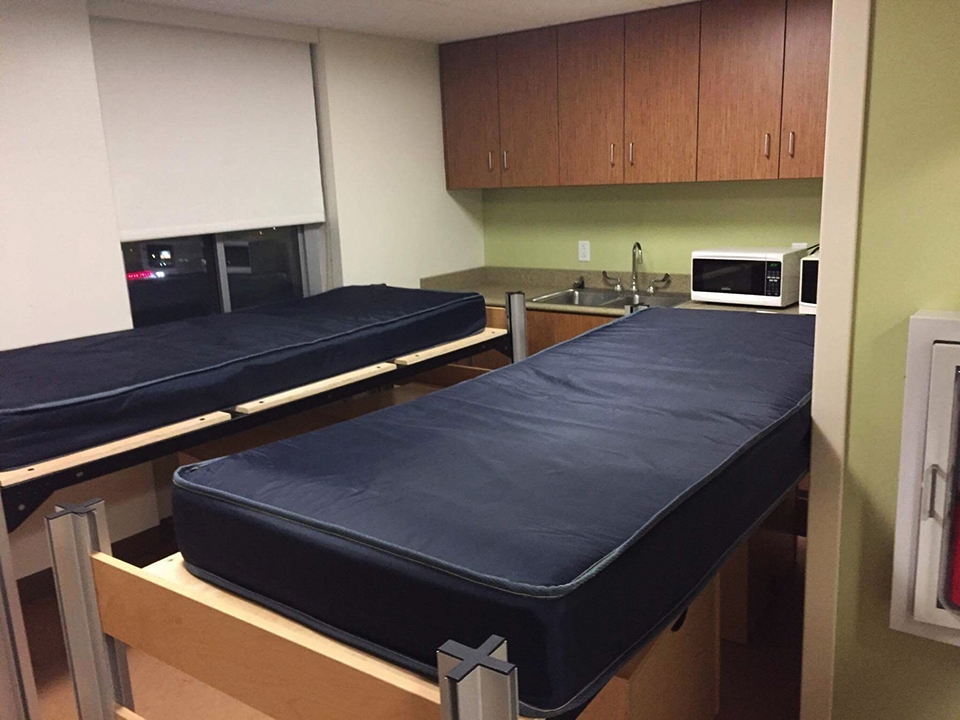

By: Catherine Clements | Student Columnist
This is an editorial piece, and the views of the writer in no way reflect the views of The Duquesne Duke, its staff, or Duquesne University.
Electric fences, security cameras, cells and guards are probably the first things that come to mind when you think of prison safety. More than likely, cleanliness (as a safety factor) did not make it to the top of the list.
Cleanliness is a safeguard for both inmates and guards. Its absence poses major threats for the entire facility.
Last week, the Pittsburgh State Correctional Institution found Legionella bacteria in its water cooling tower and medical building.
Legionella is a bacteria that grows in warm water and spreads in droplets through water systems, according to the Center for Disease Control and Prevention. This bacterium causes a serious type of upper respiratory infection known as Legionnaire’s disease. Its symptoms are similar to pneumonia and include coughing, shortness of breath, fever, muscle aches and headaches. This bacterium can also cause Pontiac fever, which mirrors symptoms similar to the flu.
As of now, no inmates or employees have been diagnosed with Legionnaire’s disease, but these higher-than-normal bacteria levels draw attention to the increased need for facility water testing.
Legionnaire’s disease is preventable through the management of said water systems. Clearly SCI Pittsburgh is lacking in this department. Every facility should know what the most at-risk locations for Legionella growth are. The CDC states hot water tanks and heaters, large plumbing systems and cooling towers (air conditioning units for large buildings) pose the highest threat.
The management of correctional facilities is responsible for the maintenance and testing of this equipment. Overlooking these crucial steps due to money or time can cost — usually in the terms of human life — in the long run.
The treatment for Legionnaire’s disease is antibiotics, which can improve most cases, but complications are serious. Due to lung failure, one out of 10 people who contract the disease die of Legionnaires’, according to the CDC.
This discovery of Legionella is of no surprise to state Department of Health Secretary John Wetzel.
“The Department of Corrections has been confronted with this issue at various prisons over the past years,” he told the Pittsburgh Tribune Review in an interview. “We take this matter seriously and are being proactive in our response to the water test results.”
For now, SCI Pittsburgh has relocated its showers from the medical building until the Legionella-affected areas have been cleaned, said corrections spokeswoman Sue McNaughton. As an additional protection, the prison has provided bottled water to inmates and employees.
The prison’s actions were not proactive by any means, like Wetzel claimed, but were instead reactive. Their solutions were temporary fixes to isolate Legionella’s growth. A proactive approach would have been to have a well-developed water treatment plan in the first place.
To make matters worse, those who are at an increased risk of illness are people over the age of 50, current and former smokers and individuals with weak immune systems, as stated by the CDC. Though SCI Pittsburgh doesn’t make these demographics available, one can assume that some percentage of inmates is subject to one or more of these risks.
Legionella outbreaks are an issue prisons have been struggling with for a while. This past summer, the New York Times reported that a prison in the Bronx had an outbreak that killed 12 and sickened more than 71 inmates.
This South Bronx prison’s plan of action was to mandate two week cleanings of cooling towers. On top of that, the state of New York mandated quarterly inspections for Legionella bacteria. Before this, no legislation existed for the regular care of water systems in New York.
The biggest complaint for Legionella inspections is its expense. But lives are more important than the cost of water testing. The lack of cleaning and proper care is an unacceptable oversight by prison management.
According to Tim Keane, a consulting engineer at Legionella Risk Management Inc., if there’s no risk management plan after a Legionella outbreak, nine out of 10 times, the bacteria will regrow.
Breathing, showering and hydrating shouldn’t be daily concerns for prisoners, but they are due to a lack of cleanliness in the water system. Inmates have no way of protecting themselves from this harmful bacterium. Instead they rely fully on those who upkeep their facility.





I wanted to comment about the prison has provided bottled water to inmates and employees. As you know showers and water was curtailed but did you know that the vending coffee machine located in the visitation continued to serve coffee. I know I was there, I drank the coffee, I was not alerted to the crisis until the news picked up the story. As far as the prisoners, each received 2 – 8 oz. bottles of water the day after the news picked up the story. SCI filled the sports area full of bottled water and each prisoner received 4 bottles per day until the supply depleated less then a week. Thanks for the report.